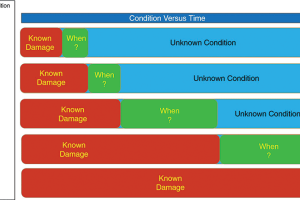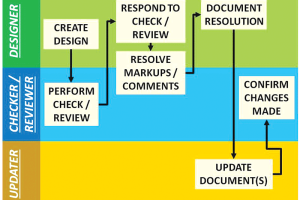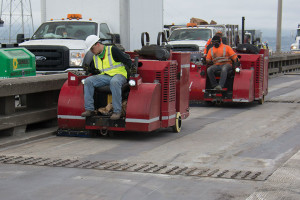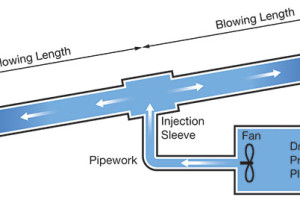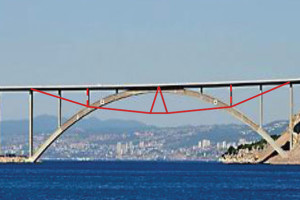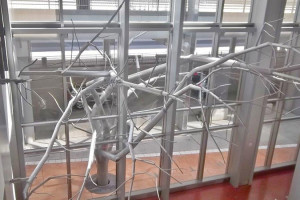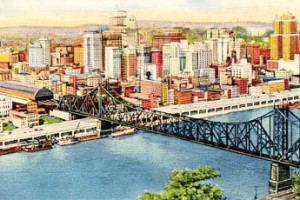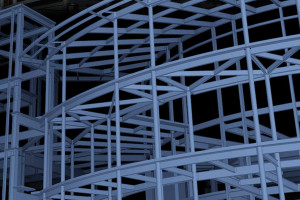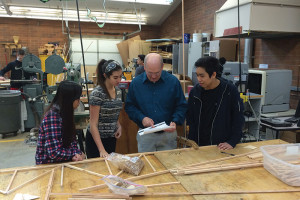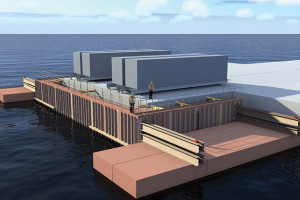As the stock of American bridges averages an age of forty three (43) years (Figure 1), it is clearly of great value to understand their remaining service life. When you consider the theoretical design of these bridges was for fifty (50) years, it is inevitable that a high proportion of them will now be deficient. In fact, the number of deficient bridges today is 1 in 9. Within the next ten years this will become 1 in 4. …
Review Category : Articles
You may remember the days when Quality Assurance meant a simple review by the Engineer-of-Record immediately before sealing the drawings. That seal alone was the documented evidence of quality. Clients hired engineers for their expertise and expected them to get it right the first time. It was up to the engineers to develop habits (often unwritten) to ensure the quality of their work. …
Replacing Riding Surface to Maintain Structural Integrity and Durability of an Orthotropic Deck
In 1967, the San Mateo/Hayward Bridge incorporated the United States’ first orthotropic steel bridge deck on a major bridge, winning the American Society of Civil Engineers’ (ASCE) Outstanding Civil Engineering Achievement Award (OCEA). The mile long orthotropic steel deck is included within the six lane wide, two mile long steel high-rise portion of the seven mile long bridge. …
A Matter of Life and Health
Stretching down from the tower tops forming the main support for the load on the bridge, the cables of the suspension bridge are loosely akin to the human spine. Both cable and spine must be strong enough to withstand their load for a lifetime, responding to their imposed demands 24 hours a day, 7 days a week, and 365 days a year – without respite. …
The U.S. Department of Transportation has determined that the country has too many existing bridges that need replacing or upgrading, rehabilitating or retrofitting. At the end of 2014, according to the National Bridge Inventory, more than 145,800 highway bridges are listed as structurally deficient or functionally obsolete; this is about 27% of all bridges based on total bridge deck areas. In some states, the situation is even worse; for example, in California the deficient bridges are 34.6%, and in New York State they are 59.8%! …
A Structural Engineer’s Experience
Engineering is not all WL2/8… or is it? Unless they’ve been to a university with a good cooperative education program where they acquired some good practical work experience, many young engineers leave school with only an academic impression of structural engineering, based mainly on the core university technical curriculum. (To refresh yourself on what the suggested curriculum is today, visit STRUCTURE’s website.) …
The Pittsburgh, Carnegie & Western Railroad, commonly called the Wabash line, had tracks in Illinois, Indiana and Ohio generally running southwesterly from Toledo to St. Louis, but there was interest to connect to Pittsburg as a step in becoming a transcontinental railroad. The plan was to connect with the tracks of the Wheeling and Lake Erie Railroad at Toledo and then run southeasterly towards Wheeling on the Ohio River, where a short branch line would be built from Pittsburg Junction to Mingo on the Ohio River. From that point, there were two options: …
Much has been written over many years concerning the development of the Load and Resistance Factor Design (LRFD) methodology used for structural design in the United States, yet many practicing engineers have had minimal exposure to how LRFD evolved from the Allowable Stress Design (ASD) methodology. This article is a simplified synopsis of that evolution and concludes with an assessment of its consequences. …
A core element of the Structural Engineers Foundation of Washington (SEFW) mission is to support an educational outreach program that provides financial assistance to Washington State high schools with quality science, technology, engineering and math (STEM) programs.
Washington’s Edmonds School District was awarded financial assistance to support their STEM Program, and as a result SEFW promoted structural engineering in their STEM programs. …
COWI (formerly Ben C. Gerwick Inc.) was an Outstanding Award Winner for the Floating Cofferdam for Repair of the Washington State SR-520 Floating Replacement Bridge project in the 2014 NCSEA Annual Excellence in Structural Engineering awards program (Category – New Bridges and Transportation Structures).
The SR 520 Bridge crosses Lake Washington, linking Seattle and its neighboring cities to the East. …

